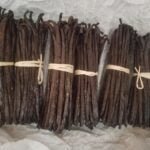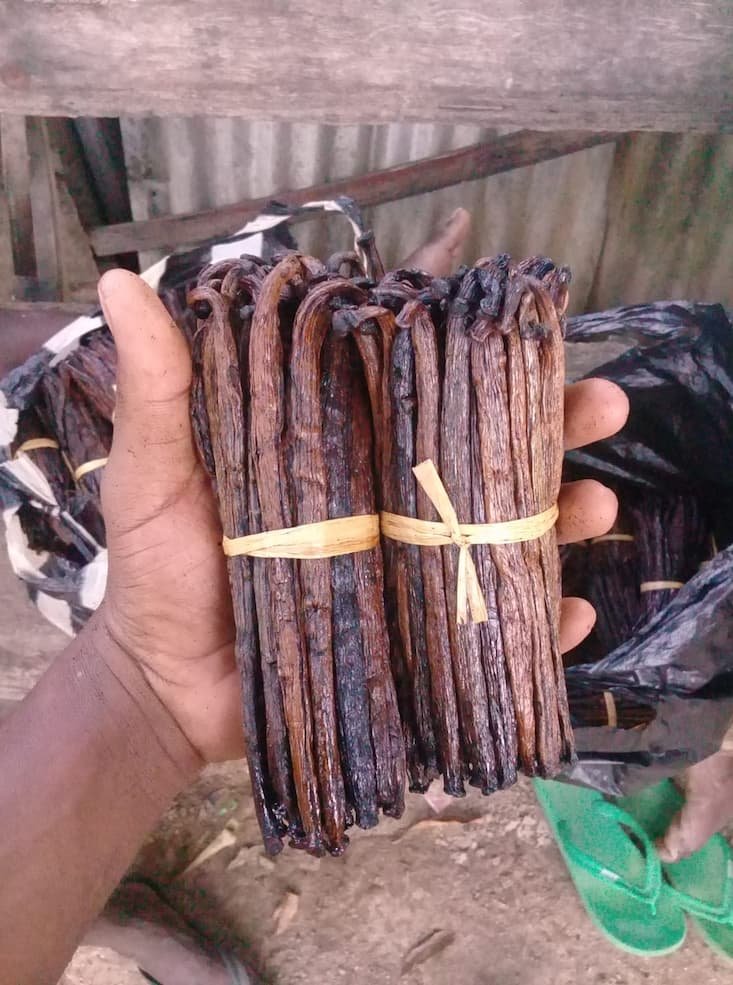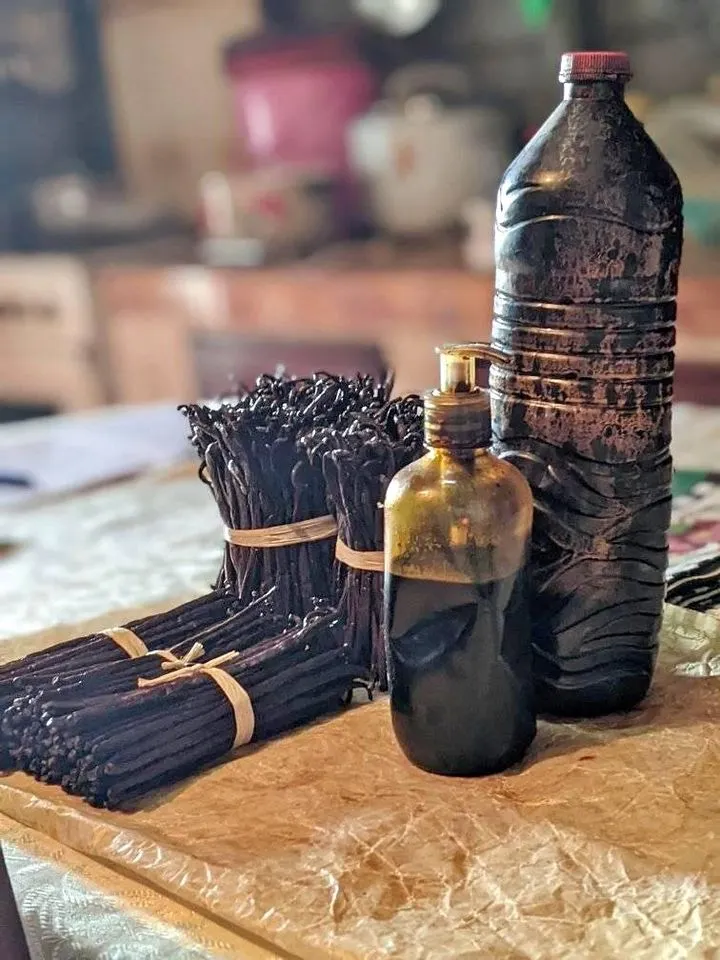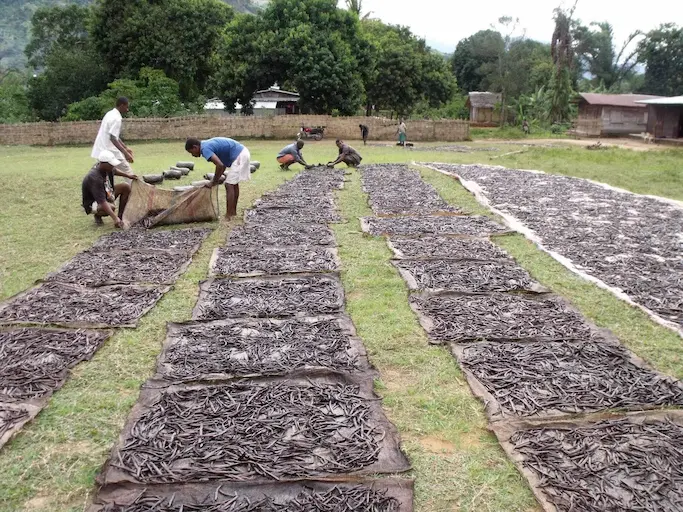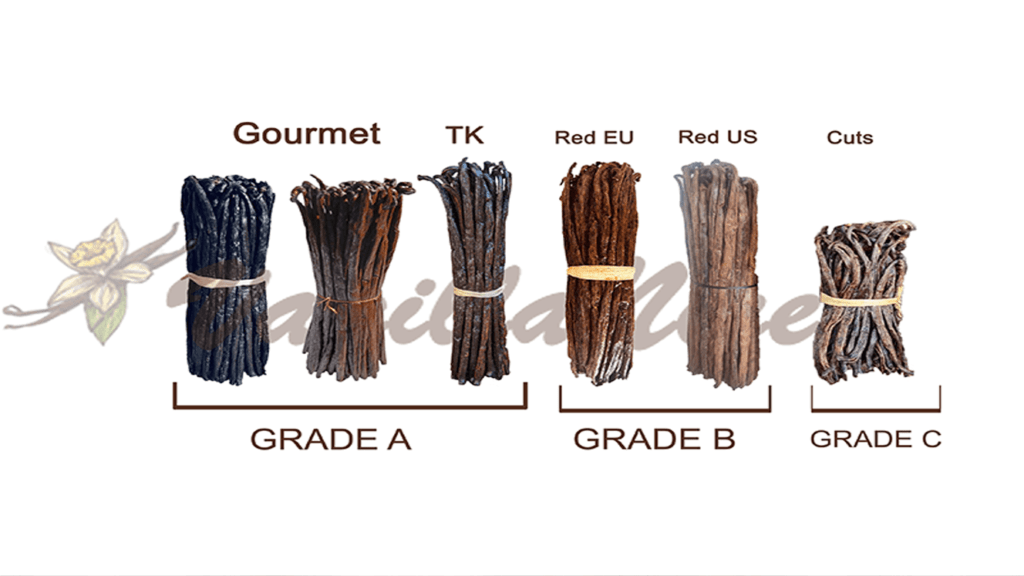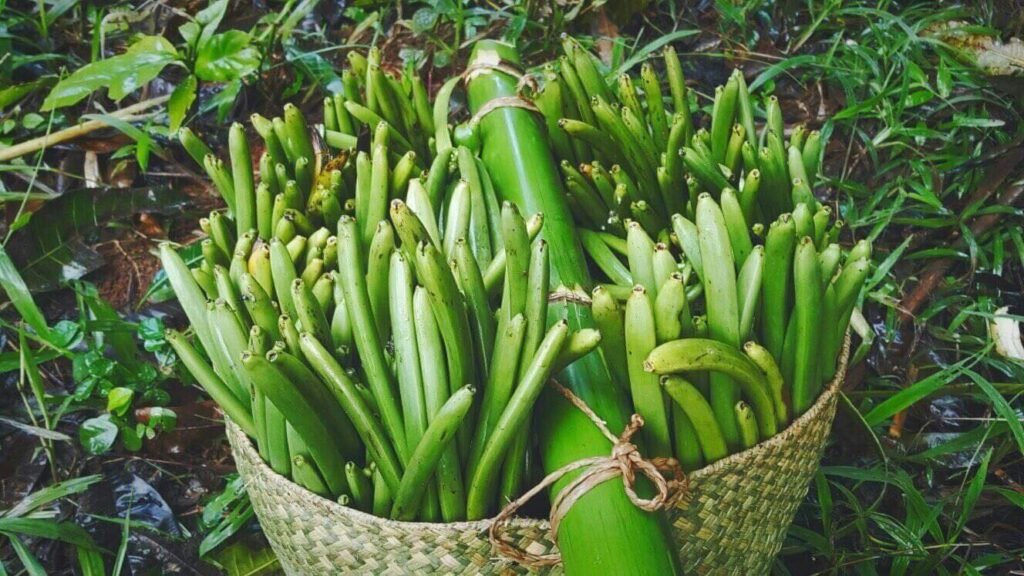Natural vanilla flavor
Natural Vanilla Flavor: Unveiling Its Unique Aroma and Benefits In the fascinating world of flavors, vanilla emerges as a timeless favorite. Its aroma and taste are beloved globally, gracing our kitchens and tantalizing our taste buds. This article unveils the remarkable journey of natural vanilla, a treasure trove of flavor, from exotic orchids to our cherished desserts. Unlike synthetic versions, natural vanilla isn’t just a taste; it’s a complex symphony of elements like vanillin, anisyl compounds, and unique hydrocarbons. We invite you on a flavorful exploration to uncover why natural vanilla outshines its synthetic counterpart, celebrating its culinary and health virtues. Natural Vanilla flavor vs. Synthetic Vanillin The Art of Cultivating Natural Vanilla Discover the journey of natural vanilla flavor in lush tropical settings. Learn about the labor-intensive process behind each vanilla pod, from hand-pollination to the extensive curing process. Understand how this traditional method yields a product rich in natural compounds and why it’s crucial for maintaining quality and preserving ancient farming practices. Synthetic Vanillin: A Modern Industrial Creation Contrast this with the manufacturing of synthetic vanillin. This section explores its large-scale factory production, originating from simpler substances. While efficient and affordable, it lacks the depth of natural vanilla, offering a uniform flavor but missing the complexity of its natural counterpart. Chemical Complexity and Flavor Profile The Rich Tapestry of Natural Vanilla Explore the essence of natural vanilla, not limited to vanillin but encompassing over 200 distinct compounds. These contribute to its layered flavors and aromas, unmatchable by synthetic means. Understand why natural vanilla is the choice of chefs and gourmands globally for its warmth and richness. The One-Dimensional Nature of Synthetic Vanillin Learn how synthetic vanillin, focusing solely on the primary vanilla flavor, misses the diverse secondary compounds that give natural vanilla its character. This simplicity suits some applications but can’t replicate the full experience of natural vanilla. Environmental and Ethical Considerations Sustainability and Responsibility in Vanilla Production Understand the environmental footprint of natural vanilla cultivation. See how traditional growing methods support biodiversity and community livelihoods, making it an environmentally and socially responsible choice. Challenges in Synthetic Vanillin Production Examine the environmental concerns and ethical challenges of producing synthetic vanillin, including its chemical-intensive process and lesser community involvement. Health Benefits and Regulations Beyond Taste – Health and Regulation Discover the health advantages of natural vanilla, from its antioxidant properties to its natural cultivation free of artificial chemicals. Also, delve into the regulatory standards for natural and synthetic vanilla, highlighting the importance of transparency and consumer awareness. Cost and Accessibility Quality vs. Cost – A Worthwhile Investment Discuss the premium nature of natural vanilla, its cost reflecting its unmatched flavor and quality. Though expensive, it’s a justified investment for culinary excellence. Accessibility and Value of Synthetic Vanillin Consider synthetic vanillin’s role as a more affordable and accessible option. While it offers a basic vanilla flavor at a lower cost, it lacks the unique qualities of natural vanilla. This section will address its suitability for budget-conscious and industrial use, despite missing the nuances of natural vanilla’s flavor. Conclusion Embracing the Authenticity of Natural Vanilla Conclude by summarizing the differences between natural vanilla and synthetic vanillin. Highlight natural vanilla’s cultivation, rich complexity, sustainable and ethical production, health benefits, and regulatory standards. Emphasize how, despite its higher cost, natural vanilla represents quality, authenticity, and a commitment to sustainable practices. Choosing natural vanilla is about embracing a legacy of natural richness and culinary excellence. FAQ Section What makes natural vanilla different from synthetic vanillin? Natural vanilla contains a complex array of over 200 compounds, offering a rich, multifaceted flavor profile. Synthetic vanillin, on the other hand, replicates only the primary note of vanilla, lacking this complexity. Why is natural vanilla more expensive than synthetic vanillin? The high cost of natural vanilla is due to its labor-intensive cultivation and processing methods, along with its susceptibility to environmental factors. These factors contribute to its unique quality and flavor. Can synthetic vanillin replace natural vanilla in cooking? While synthetic vanillin can mimic the basic flavor of vanilla and is more affordable, it lacks the depth and richness of natural vanilla. It may be suitable for some applications but cannot fully replace the experience of natural vanilla in culinary creations. Is natural vanilla more environmentally friendly? Yes, natural vanilla cultivation typically involves sustainable practices that support biodiversity and local communities, making it a more environmentally and socially responsible choice compared to synthetic vanillin production. Scientifical references Isotopic Characterization of Vanillin ex Glucose by A. Wilde et al. (2019): Link Effect of Vanilla Extract on Radical Scavenging Activity in Biscuits by K. Anuradha et al. (2010): CFTRI Repository, Sci-Hub Processing of Vanilla Pods Grown in Thailand and Its Application by W. Krasaekoopt et al. (2010): ReadKong, DOKUMEN.TIPS Analysis of Vanilla Extract by Reversed Phase Liquid Chromatography by B. Lavine et al. (2012): Vdocuments Vanilla: The Most Popular Flavour by N. J. Gallage & B. Møller (2018): Sci-Hub

